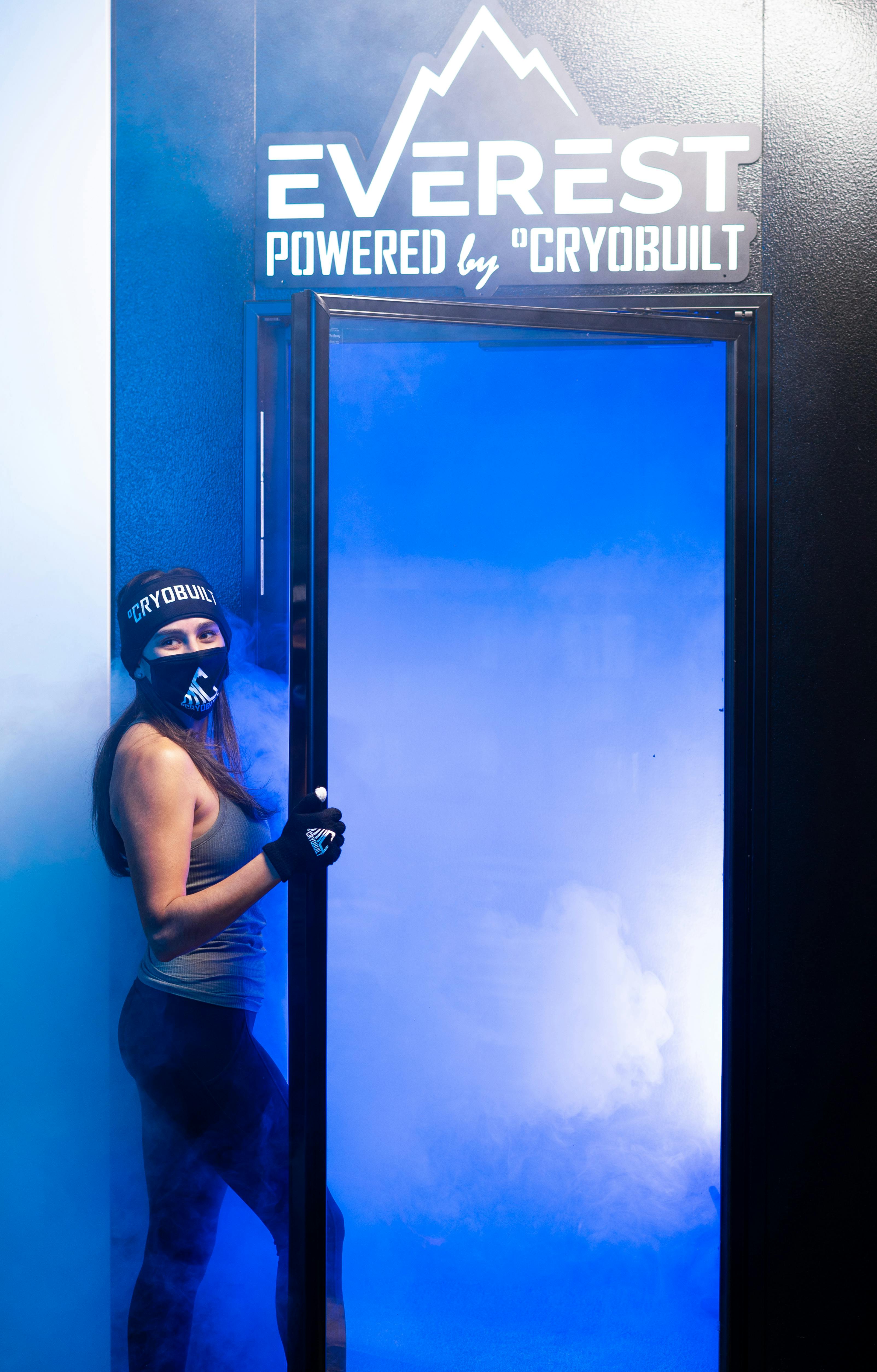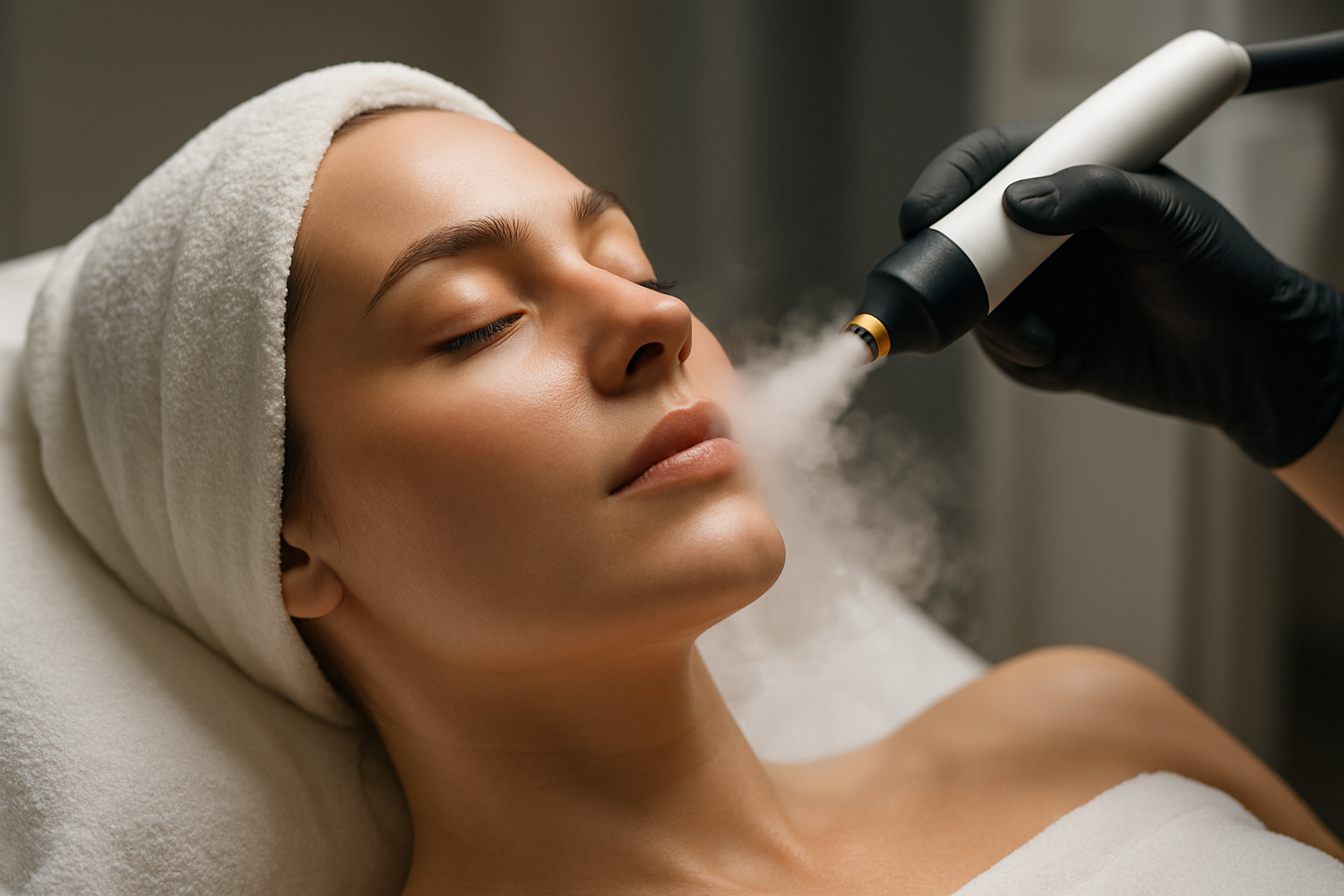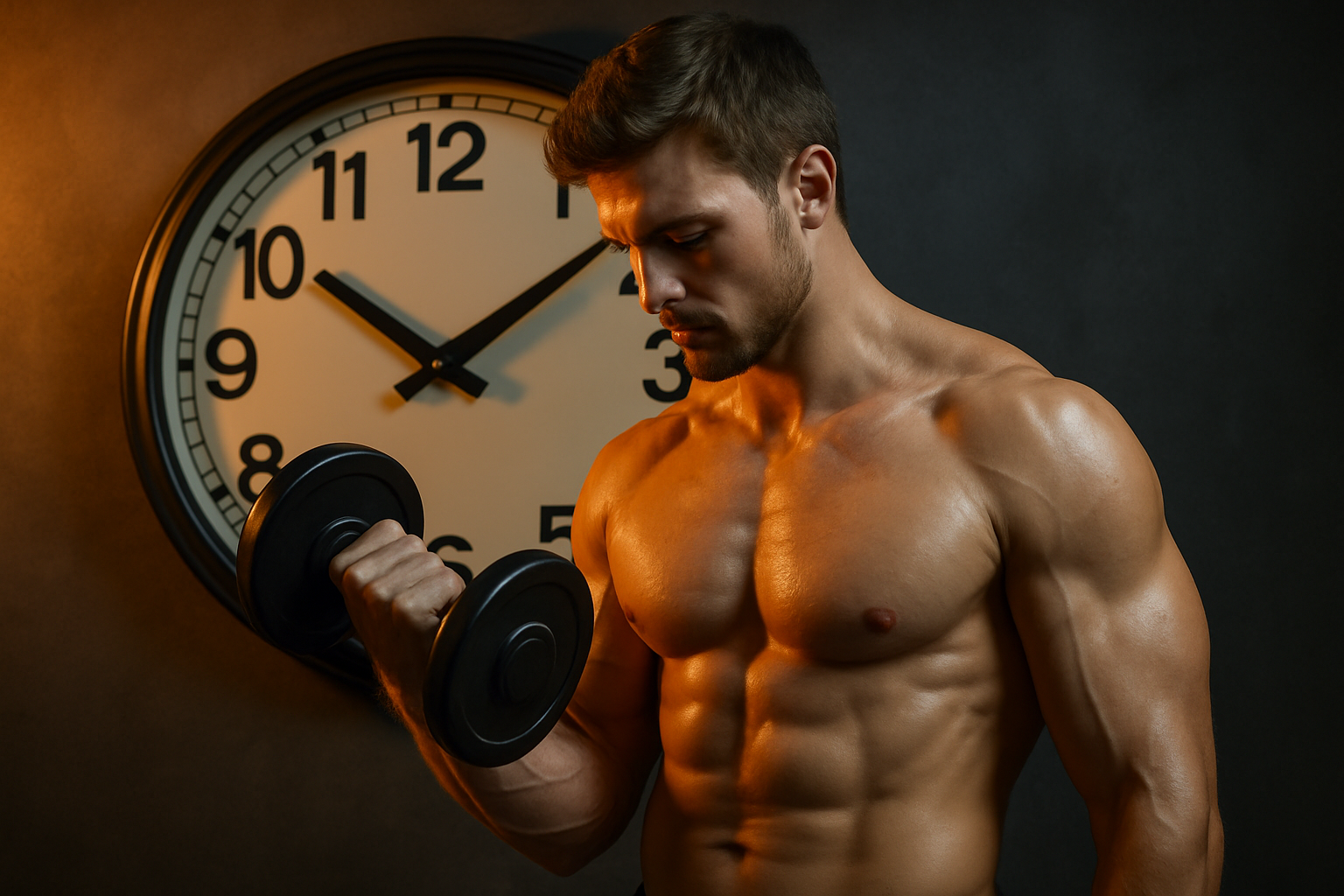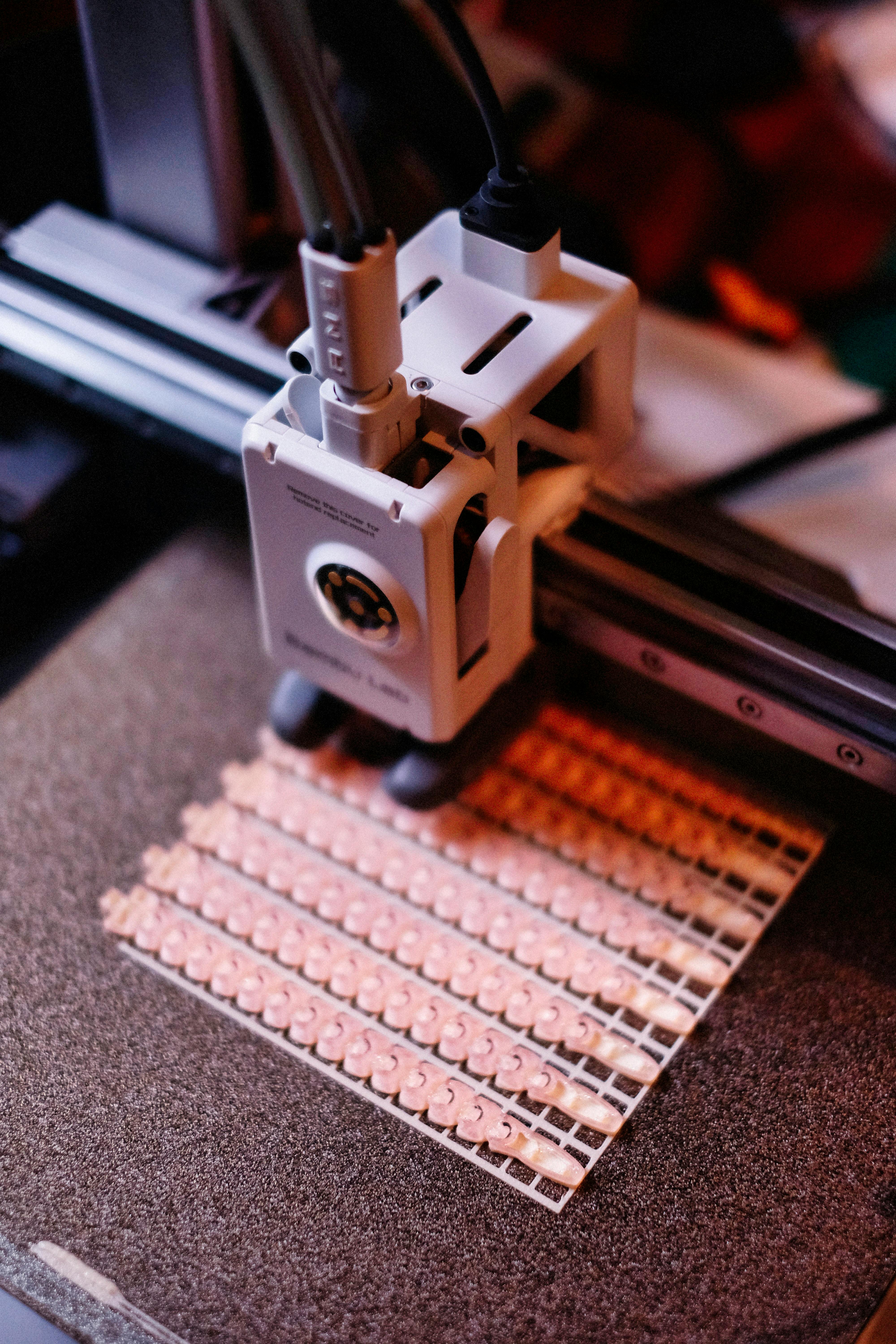Cryotherapy in Sports: Revolutionizing Recovery and Performance
In the realm of athletic performance and recovery, a chilling innovation has taken the sports world by storm. Cryotherapy, once considered an experimental treatment, has emerged as a game-changer for athletes across disciplines. This cutting-edge technique harnesses the power of extreme cold to accelerate healing, reduce inflammation, and enhance overall performance. As more athletes and teams embrace this frigid phenomenon, cryotherapy is reshaping how we approach sports medicine and training regimens.

The principle behind cryotherapy is rooted in the body’s natural response to cold. When exposed to extreme cold, blood vessels constrict, reducing blood flow to the extremities. This process, known as vasoconstriction, helps to minimize inflammation and swelling in injured areas. As the body warms up post-treatment, blood flow increases, delivering nutrient-rich blood to muscles and joints, potentially accelerating the healing process.
Research has shown that cryotherapy can have numerous physiological effects. A study published in the Journal of Athletic Training found that WBC significantly reduced muscle soreness and improved recovery in elite athletes. Additionally, cryotherapy has been linked to increased production of norepinephrine, a hormone that can help reduce pain and inflammation.
From Niche Treatment to Mainstream Recovery Tool
Cryotherapy’s journey from a niche treatment to a mainstream recovery tool is a testament to its effectiveness and the evolving landscape of sports medicine. Initially used primarily in Europe, cryotherapy gained global recognition when high-profile athletes began incorporating it into their recovery routines.
The 2014 FIFA World Cup marked a turning point for cryotherapy in sports. The German national team famously used mobile cryotherapy chambers during the tournament, crediting the treatment for their players’ quick recovery between matches. Their eventual victory in the tournament further solidified cryotherapy’s reputation as a potent recovery tool.
Since then, professional sports teams across various disciplines have invested in cryotherapy chambers. The National Basketball Association (NBA) has seen widespread adoption, with teams like the Dallas Mavericks and Cleveland Cavaliers installing cryotherapy units in their training facilities. In the National Football League (NFL), the Denver Broncos were early adopters, incorporating cryotherapy into their recovery protocol as early as 2015.
Benefits Beyond Recovery: Performance Enhancement
While cryotherapy’s role in recovery is well-documented, emerging research suggests it may also offer performance-enhancing benefits. A study published in the Scandinavian Journal of Medicine & Science in Sports found that pre-cooling through cryotherapy improved endurance performance in hot conditions.
Athletes have reported feeling more energized and mentally alert after cryotherapy sessions. This cognitive boost may be attributed to the release of endorphins and the stimulation of the nervous system during the treatment. Some athletes use cryotherapy before competitions to improve focus and reduce pre-event anxiety.
In endurance sports, cryotherapy has shown promise in mitigating the effects of heat stress. A study in the International Journal of Sports Physiology and Performance demonstrated that pre-cooling with WBC improved time-to-exhaustion in cyclists performing in hot conditions. This finding has significant implications for athletes competing in warm climates or during summer events.
Cryotherapy in Injury Prevention and Rehabilitation
Injury prevention is a critical aspect of athletic performance, and cryotherapy is proving to be a valuable tool in this arena. By reducing inflammation and promoting faster recovery, regular cryotherapy sessions may help athletes maintain their training intensity while minimizing the risk of overuse injuries.
In rehabilitation settings, cryotherapy is being used to complement traditional therapies. For athletes recovering from surgeries or severe injuries, cryotherapy can help manage pain and swelling, potentially accelerating the return-to-play timeline. A study in the Archives of Physical Medicine and Rehabilitation found that cryotherapy improved functional outcomes in patients recovering from knee surgeries.
The application of cryotherapy in sports medicine extends beyond whole-body treatments. Localized cryotherapy, using devices that target specific body parts, is gaining popularity for treating acute injuries. These portable units allow for more precise and convenient application of cold therapy, making it easier for athletes to incorporate into their daily routines.
Challenges and Considerations in Cryotherapy Implementation
Despite its growing popularity, the implementation of cryotherapy in sports is not without challenges. The high cost of cryotherapy chambers and the need for trained technicians to operate them can be prohibitive for smaller teams or individual athletes. This has led to the development of more affordable and portable cryotherapy solutions, though their efficacy compared to full-body chambers is still being studied.
Safety is a paramount concern in cryotherapy. While generally considered safe when properly administered, there have been rare instances of adverse effects, including frostbite and hypoxia. Proper protocols, including pre-screening for contraindications and strict time limits for exposure, are essential to ensure athlete safety.
The optimal frequency and timing of cryotherapy sessions are still subjects of debate in the scientific community. While some athletes use cryotherapy daily, others restrict its use to post-competition recovery or during periods of intense training. Individualized approaches, taking into account an athlete’s specific needs and responses to the treatment, are becoming more common.
The Future of Cryotherapy in Sports
As research in cryotherapy continues to evolve, its applications in sports are likely to expand. One area of interest is the potential for cryotherapy to enhance sleep quality in athletes. Given the critical role of sleep in recovery and performance, this could be a game-changing development.
Advancements in technology are also shaping the future of cryotherapy. Wearable devices that can deliver localized cryotherapy throughout the day are in development, promising more convenient and targeted cold therapy options for athletes.
The integration of cryotherapy with other recovery modalities is another frontier. Some facilities are exploring the combination of cryotherapy with compression therapy or infrared saunas to create comprehensive recovery protocols. These multi-modal approaches aim to address various aspects of recovery simultaneously, potentially offering synergistic benefits.
Ethical Considerations and Regulations
As cryotherapy becomes more prevalent in sports, ethical considerations and regulatory frameworks are emerging. Questions about fairness and accessibility arise when considering the advantage that cryotherapy might provide to athletes or teams with greater resources.
Sports governing bodies are beginning to address these issues. While cryotherapy is not currently prohibited by the World Anti-Doping Agency (WADA), there are ongoing discussions about how to regulate its use in competitive sports. Some argue that cryotherapy should be treated similarly to other recovery modalities like massage or hydrotherapy, while others call for more stringent oversight.
The long-term effects of regular cryotherapy use are still being studied. As with any emerging treatment, there is a need for longitudinal research to understand the potential impacts of prolonged exposure to extreme cold on the human body. This research will be crucial in developing guidelines for safe and effective long-term use of cryotherapy in sports.
Cryotherapy’s Impact on Different Sports
The adoption of cryotherapy varies across different sports, with each discipline finding unique applications for the technology. In combat sports like boxing and mixed martial arts, cryotherapy is used to help athletes recover quickly between intense training sessions and to manage inflammation from injuries.
In team sports, cryotherapy plays a crucial role in managing the demands of a long season. Soccer teams, for example, use cryotherapy to help players recover between matches, especially during congested fixture periods. The ability to reduce muscle soreness and fatigue can be particularly valuable in sports with frequent competitions.
Endurance athletes, such as marathon runners and triathletes, are exploring cryotherapy as a means to enhance recovery after long training sessions and to prepare for competitions in challenging climates. The potential of cryotherapy to improve heat tolerance is especially relevant for these athletes.
In sports like tennis and golf, where athletes compete in tournaments over several days, cryotherapy is being used to maintain peak performance throughout the event. The quick recovery times offered by cryotherapy can be particularly beneficial in these individual sports where consistent performance is crucial.
Personalization and Optimization of Cryotherapy Protocols
As the use of cryotherapy in sports becomes more sophisticated, there is a growing emphasis on personalizing protocols to individual athletes. Factors such as body composition, sport-specific demands, and personal response to cold exposure are being considered in tailoring cryotherapy regimens.
Some sports scientists are exploring the concept of “cryotherapy periodization,” where the frequency and intensity of cold exposure are varied throughout an athlete’s training cycle. This approach aims to maximize the benefits of cryotherapy while avoiding potential adaptation that could diminish its effectiveness over time.
Advanced monitoring techniques, including thermal imaging and biomarker analysis, are being employed to assess an athlete’s response to cryotherapy. These tools allow for more precise adjustments to treatment protocols, ensuring that each athlete receives the optimal level of cold exposure.
Integration with Sports Analytics and Performance Tracking
The rise of data analytics in sports has created new opportunities for evaluating the impact of cryotherapy on athletic performance. Teams and organizations are incorporating cryotherapy data into their broader performance tracking systems, allowing for more comprehensive analysis of its effects.
Wearable technology is playing a key role in this integration. Devices that track metrics such as heart rate variability, sleep quality, and recovery scores are being used in conjunction with cryotherapy to provide a more holistic view of an athlete’s physiological state.
This data-driven approach is enabling sports scientists to identify patterns and correlations between cryotherapy use and various performance indicators. Such insights can inform decisions about when and how to apply cryotherapy to maximize its benefits for individual athletes and teams.
Cryotherapy in Amateur and Recreational Sports
While professional athletes have been at the forefront of cryotherapy adoption, the technology is increasingly becoming available to amateur and recreational athletes. Cryotherapy centers are opening in many cities, offering sessions to the general public.
This democratization of cryotherapy is changing how amateur athletes approach recovery and injury management. Weekend warriors and fitness enthusiasts are now able to access treatments previously reserved for elite athletes, potentially reducing recovery times and improving overall performance.
However, the increased accessibility of cryotherapy also raises concerns about proper use and education. There is a need for clear guidelines and public education to ensure that recreational athletes understand the benefits and risks associated with cryotherapy.
Environmental and Sustainability Considerations
As cryotherapy becomes more widespread, questions about its environmental impact are coming to the forefront. The energy requirements for maintaining extremely low temperatures in cryotherapy chambers are significant, leading to discussions about the carbon footprint of this technology.
Some companies are addressing these concerns by developing more energy-efficient cryotherapy systems. Innovations in insulation and cooling technologies are helping to reduce the energy consumption of cryotherapy chambers.
There is also growing interest in sustainable alternatives to traditional cryotherapy. Cold water immersion, while not as extreme as WBC, is being studied as a more environmentally friendly option that may offer similar benefits.
The Role of Cryotherapy in Sports Medicine Education
The increasing prominence of cryotherapy in sports is influencing medical education and training programs. Sports medicine curricula are beginning to include more comprehensive coverage of cryotherapy, its applications, and its physiological effects.
Practical training in cryotherapy administration is becoming an important component of sports medicine and athletic training programs. This includes instruction on safety protocols, proper use of equipment, and assessment of individual athlete needs.
As research in cryotherapy continues to evolve, there is a growing emphasis on evidence-based practice. Sports medicine professionals are being trained to critically evaluate new findings and integrate them into their treatment approaches.
Cryotherapy and Mental Health in Sports
Beyond its physical benefits, cryotherapy is being explored for its potential impact on mental health in athletes. The extreme cold exposure associated with cryotherapy has been linked to the release of endorphins and other mood-enhancing hormones.
Some athletes report improved mood and reduced symptoms of anxiety and depression following regular cryotherapy sessions. While more research is needed to fully understand these effects, the potential mental health benefits of cryotherapy are an exciting area of study.
Sports psychologists are beginning to explore how cryotherapy might be integrated into mental performance strategies. The brief, intense experience of a cryotherapy session could potentially be used as a tool for mental reset or focus enhancement before competitions.
Conclusion: The Cool Future of Sports Performance
Cryotherapy’s journey from a niche treatment to a cornerstone of sports recovery and performance enhancement is a testament to the ever-evolving nature of sports science. As research continues to uncover new applications and refine existing protocols, cryotherapy is poised to play an increasingly important role in athletic training and competition.
The future of cryotherapy in sports is likely to be characterized by greater personalization, integration with other technologies, and a broader focus on both physical and mental well-being. As the technology becomes more accessible, its impact may extend beyond elite athletics, potentially revolutionizing how people of all fitness levels approach recovery and performance.
While challenges remain, including regulatory considerations and the need for long-term studies, the potential of cryotherapy to transform sports medicine and athletic performance is undeniable. As athletes continue to push the boundaries of human capability, cryotherapy stands as a cool companion in their quest for excellence, offering a glimpse into the frigid frontier of sports science.





